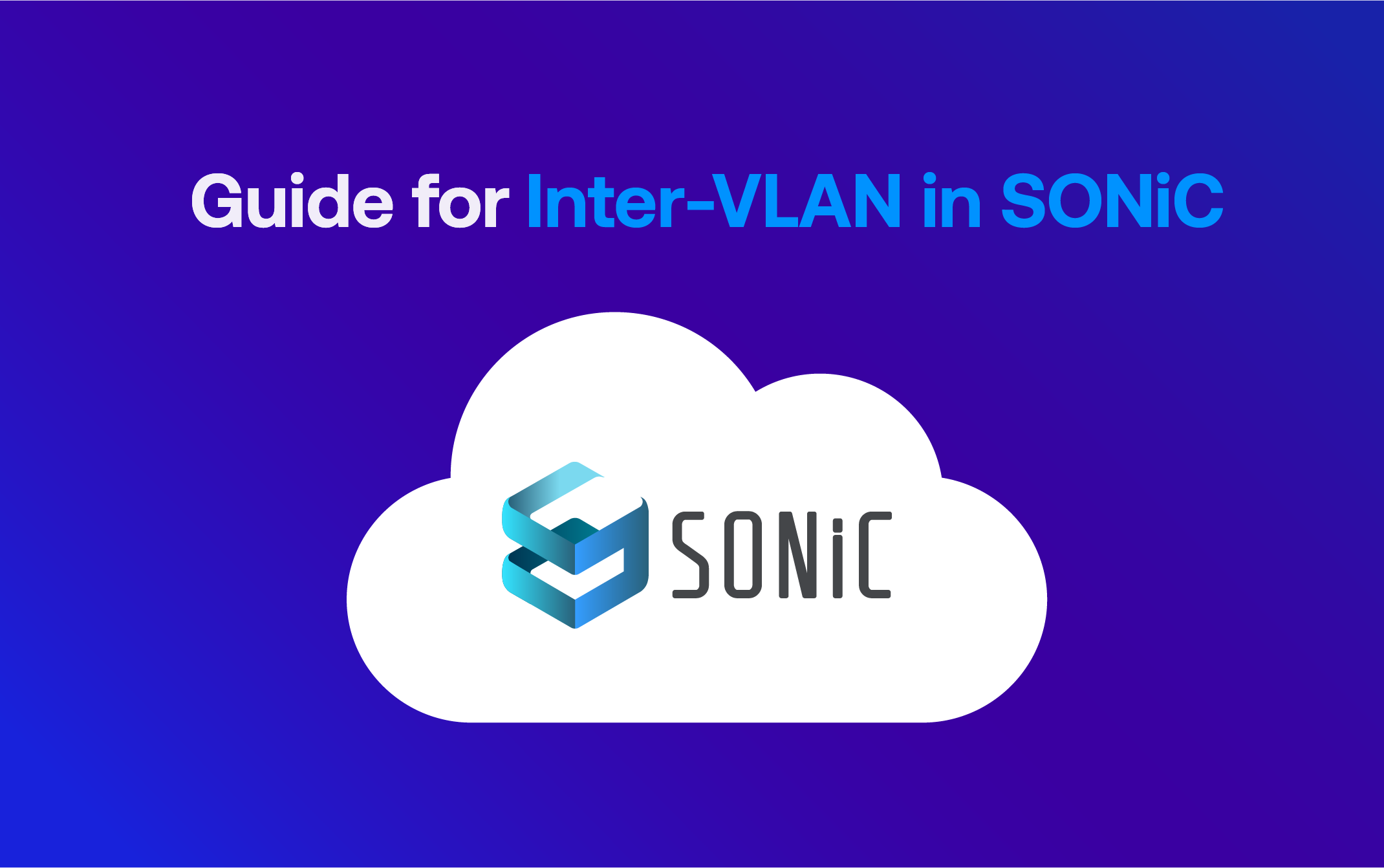SONiC is a network operating system that is open source and based on Linux. It is designed to be scalable and flexible, and it is used by a wide range of organizations, including hyperscalers, cloud providers, and enterprises.
One of the key features of SONiC is its support for inter-VLAN routing. Inter-VLAN routing allows devices on different VLANs to communicate with each other. This is important because VLANs are often used to isolate different types of traffic, such as voice, data, and management traffic.
This guide will show you how to configure inter-VLAN routing in SONiC. It is intended for network administrators who are responsible for configuring and managing SONiC networks. It is assumed that the reader has a basic understanding of networking concepts such as VLANs and routing.
SONiC can be transformative for your organization, but realizing its full potential requires a trusted partner. Our extensive experience implementing open networking solutions enables us to quickly offer guidance and assess whether SONiC is appropriate for your organization’s unique needs.
The many benefits of SONiC, once exclusive to hyperscalers, are now within reach for enterprise clients. Contact our team of seasoned networking experts to learn why right now is a transformative time in the industry as we move closer to wider SONiC adoption.
Humza Atlaf
Hardware Nation
Humza Atlaf
Network Engineer
Humza is a network engineer at Hardware Nation Labs, where his enthusiasm for Open Networking drives his work. With a blend of deep expertise and innovative approaches, he tests and designs robust, scalable networks of the future. His practical experience includes configuring and deploying a range of protocols such as LACP, VLANs, MPLS, and VRRP. At his previous role, he was part of a SONiC testing team, further honing his skills in network setup and troubleshooting. Humza is also adept at network analysis with tools like Wireshark, enhancing his ability to manage complex network environments.






